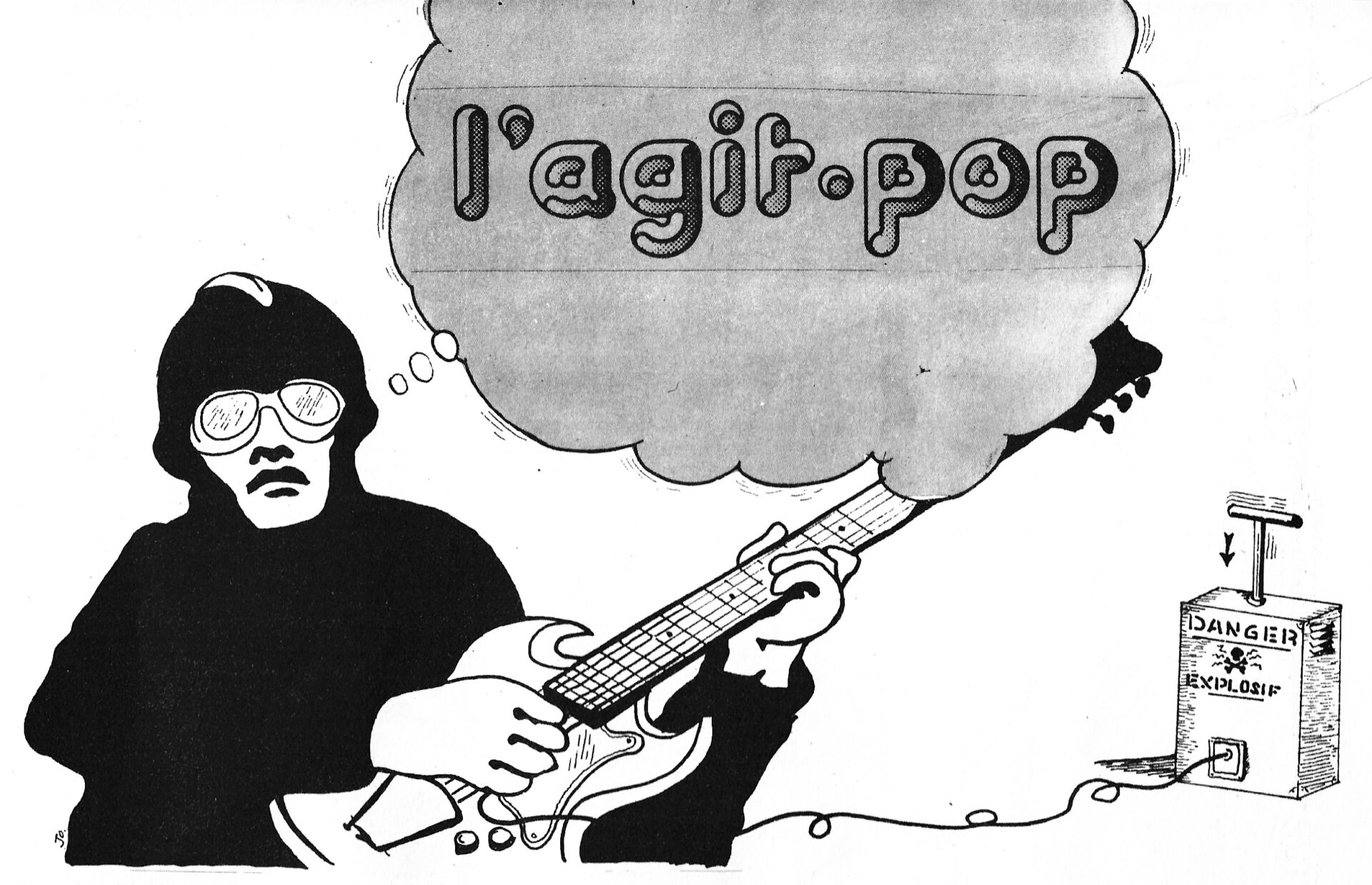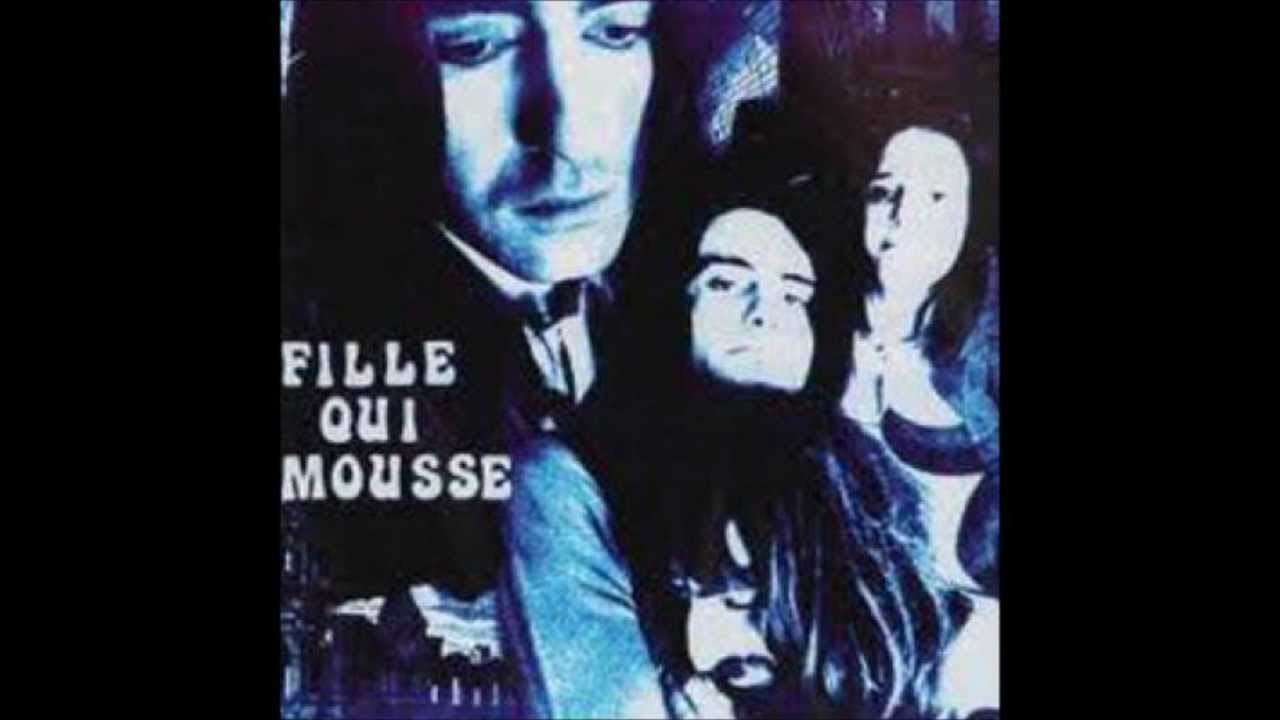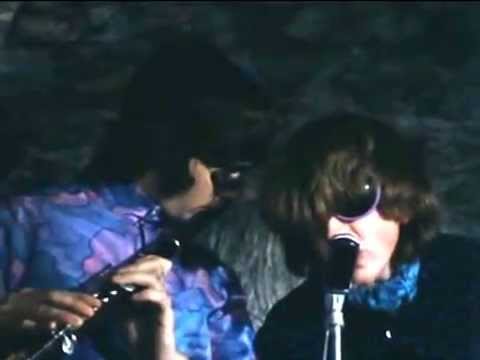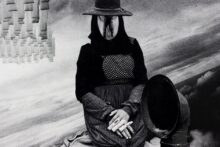In May 1968, Paris was overrun with street-fighting men, and street-fighting women, girls, boys and even pissed-off pensioners. They weren’t protesting against asylum seekers or a genocide in Palestine; rather, they were protesting against things that foreign observers, half a century later, still find difficult to comprehend. It seems as if the French citizenry just got fed up with the old-fashionedness of the establishment.
Many books have been written about the events of May ’68, but Ian Thompson’s Synths, Sax & Situationists chooses experimental music as its entry point. There are concise but informative chapters on the French popular music of the era (including a reminder that what we would call “pop”, the French called “yé-yé”, and that what the French called “Pop” is what we’d call “rock”). But Thompson’s true passion is the experimental underground music that’s virtually unknown to all but the most dedicated scholars of esoterica.
Nurse With Wound’s Steven Stapleton – one of the earliest champions of the Gallic avant-garde – provides a brief foreword, really just a reminiscence of his teenage trip to Paris. He was unsuccessful in finding what he craved in record shops, but eventually located the dingy basement office of the Futura label where he was “warmly greeted by a lovely older lady who gave me copies of all the records I had read about”. Such was the obscurity of French underground music in the UK and USA that when Stapleton listed some of these prizes on his inspirational “Nurse With Wound list” years later, they were widely assumed to be mischievous inventions.
Thompson has conducted an impressive number of interviews with the key figures of French alternative music, including (to name the most internationally-known) Richard Pinhas, Jean-Hervé Peron, Didier Malherbe, Jac Berrocal, and Clearlight’s mastermind Cyrille Verdeaux. Notable absences are Albert Marcoeur (who, puzzlingly, is not even profiled until the discography at the end of the book) and Catherine Ribeiro or indeed anyone with a womb rather than a penis (which may reflect the male chauvinism of 20th century French culture).
The interviews offer a vivid sense of the upheaval of May ’68 and its effect on impressionable youngsters. For 14-year-old Michel Peteau, destined to be the guitarist of Cheval Fou, “it felt like I was seeing a world turn from black and white to colour. It was the demolition of an outmoded society.” Maajun’s saxophonist Alain Roux, then a sociology student at the Sorbonne, was blinded by tear gas for several weeks. Magma’s Klaus Blasquiz delivered revolutionary posters on his bicycle, since public transport was on strike, while Cyrille Verdeaux lay in hospital recovering from a rifle-butt beating given him by the riot police. Dominique Lentin, future drummer of Fille Qui Mousse, then 13, burned his school report card in the courtyard of his lycée and went to the demonstrations not just with his brothers but with his parents as well. Komintern’s bassist Olivier Zdrzalik recalls “everyone talking to each other from the youngest to the oldest … We thought that the world was about to topple and that we’d be the ones to make it happen. What a feeling!”
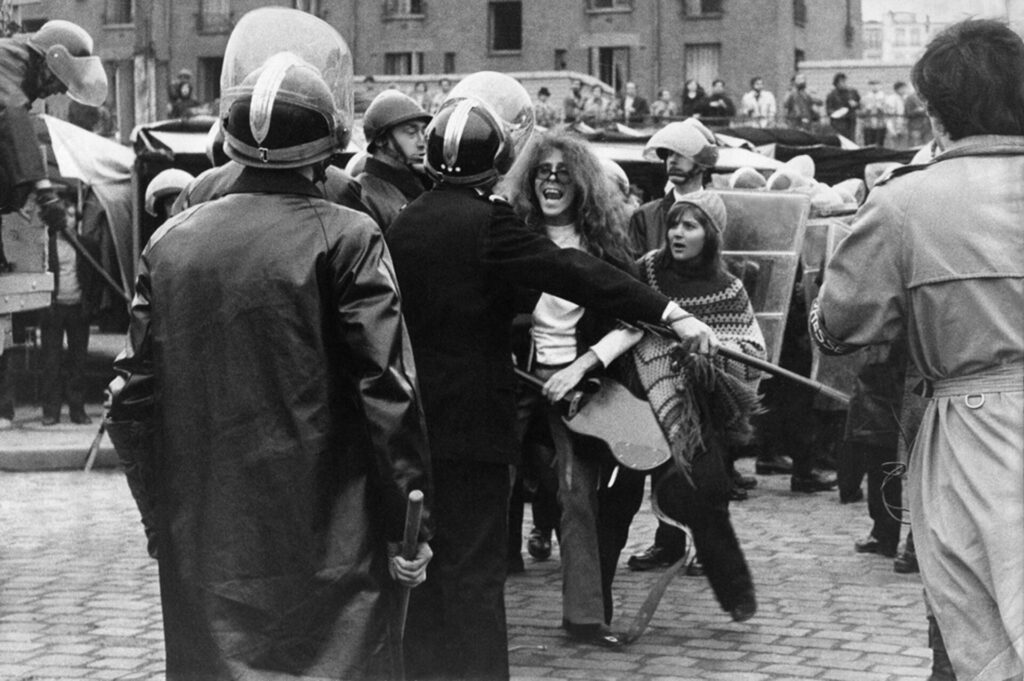
There isn’t another book in English on the French underground, so Synths, Sax & Situationists is well worth reading if you feel a gap in your knowledge. The barely pronounceable mouthful of a title may hamper its fortunes, though. The “Sax & Situationists” part is intended to encompass the elements which made the French scene different from the krautrock phenomenon that arose in neighbouring Germany – the influence of the Situationist International (SI) whose philosophies underpinned the May ’68 riots, and the influence of free jazz, as exemplified by Pharoah Sanders, Archie Shepp and Ornette Coleman. In truth, not all of the groups Thompson goes on to chronicle had much to do with the SI or even with politics in general. And the notion that krautrock had no connection with jazz comes from Anglo journalists (and evangelists like Julian Cope) who chose to ignore sax-heavy jam bands like Aera, Embryo, Brainstorm, Kraan, Missus Beastly et al in favour of jazz-averse outfits like Kraftwerk, Neu! and Tangerine Dream.
That’s not to say there was no gulf between 70s France and 70s Germany. Thompson points out that the language barrier was more significant in France: in 1960, only 20% of the songs in the pop charts were by non-French acts, whereas in Germany it was around 70%. Resistance to the “Americanisation” of French culture (complete with moral panics about juvenile delinquency), along with the cultural supremacy of chanson, kept French music relatively uncontaminated, and when rock ‘n’ roll was finally allowed to filter through, it was thoroughly blandified by its Gallic reprocessing as “yé-yé”. Ultra-conservative heads of major record companies were oblivious to the potentials of rock music, and local authorities routinely cancelled pop concerts for their supposed risk to health and public order.
This oppressive regime was bound to collide violently with the liberty-loving French, but Thompson notes that the Situationists and other revolutionary groups made demands that were equally unsustainable. Among the SI’s slogans were “Never work” and “Demand the impossible”, while the unhinged Maoist agitators Gauche Prolétarienne insisted that all concerts should be free-of-charge and, for good measure, rampaged in the holiday villas of Southern France “liberating” the possessions of the rich to redistribute them to the working classes. Festival after festival collapsed into ruin as ticket sales were forcibly abandoned in favour of pitiful voluntary donations. Vainglorious manifestos proliferated (the Rock-Music Liberation Front proclaimed itself to be “the scream of those who fear suffocating or starving to death in concentration camps of mediocrity”) but constant infighting prevented the crusaders of the left from achieving their aims.
Any book about music that’s wholly unfamiliar to the average reader runs the risk of coming across as a mere list of names and assertions, unless it can be supplemented by audio evidence. YouTube comes to the rescue here, but not as reliably as it does for, say, krautrock, Italian prog, Brazilian tropicália or the musics of Africa. The problem is that some of the key bands of the French underground never released an album, focusing instead on ephemeral “happenings” and nomadic touring. There was even a bolshie resistance to the very idea of collaboration with the music industry. Barricade’s Joseph Racaille remembers “a meeting where we discussed the possibility of releasing an LP. We were trying to work out the best way to make it unplayable: a blank disc, scratched, sticky, or putrid, with a hole right through it to break the stylus, or with frequencies that would destroy the stereo, etc”.
Another problem is that – as Thompson readily admits – the French underground produced very disparate bands whose music defies categorisation, yet Thompson somewhat arbitrarily attempts to organise them into categories nonetheless. As the upheavals of ’68 die down and the book moves on to focus on individual artists, the political backdrop fades and each chapter settles into interviews about the usual rock band dynamics – difficulties finding the right drummer, members leaving due to financial or relationship pressures, bust-ups over “creative differences”, botched reunions and so on. Readers who are interested in Gong or Magma will, for example, find a thorough history of Daevid Allen’s pot-head pixies and Christian Vander’s Kobaian kommandos, but for the duration it becomes a book about Gong or Magma rather than about the French underground scene. By 1977, self-styled “protester” Cyrille Verdeaux had evidently completely moved on from his beating by the Republican Security Corps, as he’d become “an ardent admirer of Genesis” keen to compose “a space opera with philosophical science fiction themes, that were actually of a New Age leaning before its time”.
At its height, however, French underground music anticipated the best aspects of punk. Red Noise’s Patrick Vian reflects: “I wanted to show that to make music it was enough to take an instrument and go on stage. It was just a question of nerve.”
Synths, Sax & Situationists by Ian Thompson is published by Roundtable Books

